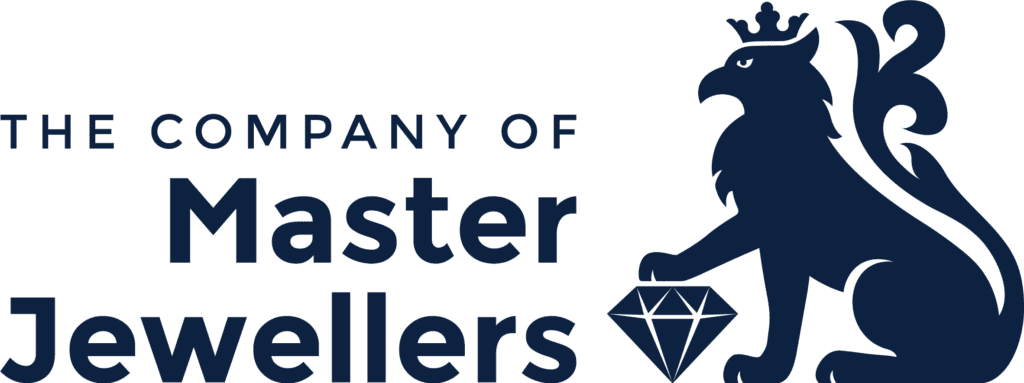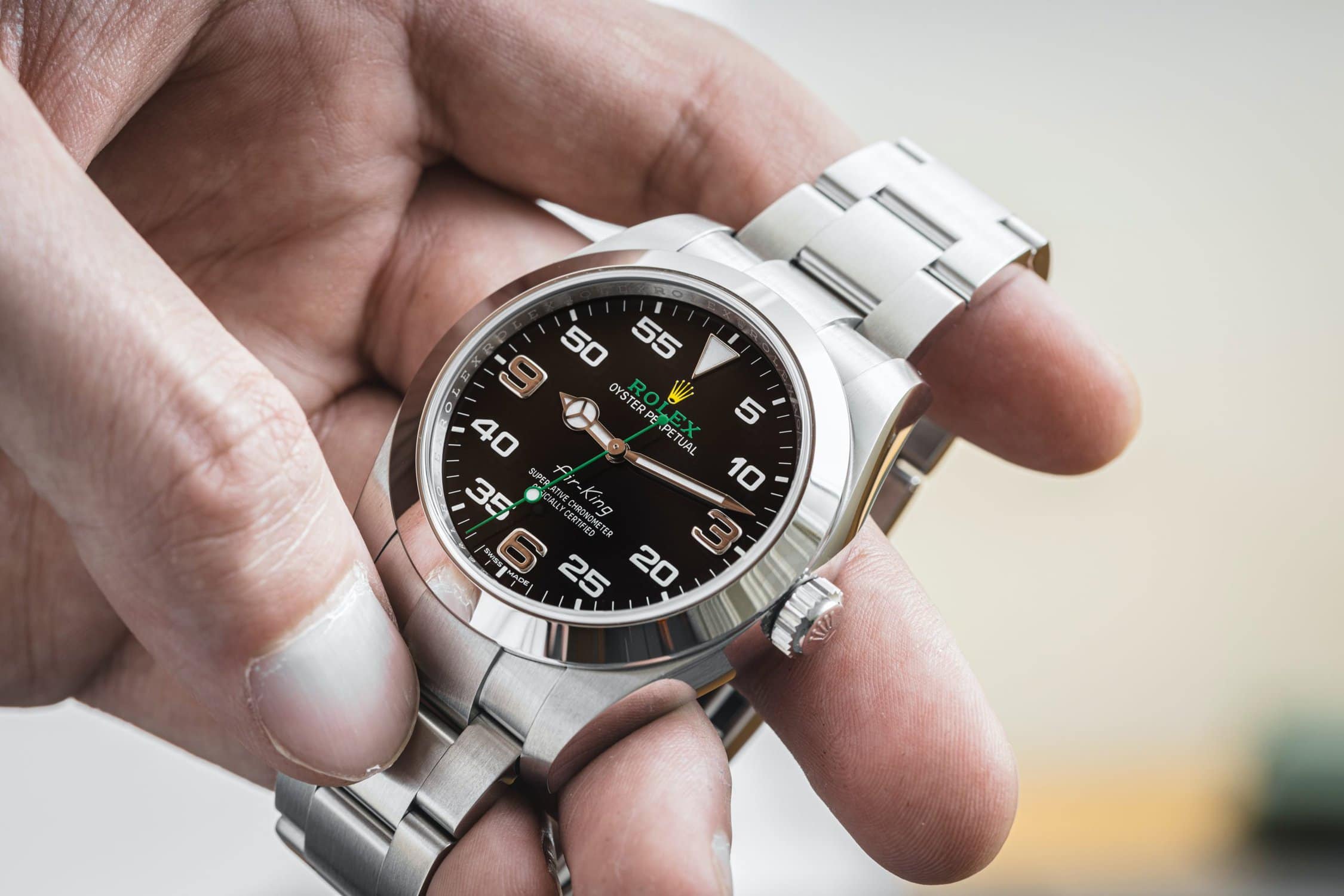Adrian Hailwood, founder of The Watch Scholar and a Specialist Founder Member of the Jewellery Valuers Association, warns that valuing watches for insurance purposes may not be as straightforward as it seems.
Watches are easy to value…right? Forget all the issues with diamond jewellery…moissanite, lab-grown diamonds, fracture-filling, etc, just look up the RRP of one of the same make and model, and away you go. I may be being facetious here, but I have seen enough ropey valuations to make me think this is precisely how some valuers operate.
Occasionally, watches are straightforward. A valuation done shortly after purchase on a non-hyped model that is readily replaceable, with a complete set of box and papers, can be easy, but more often it is an endless list of checks, confirmation, research, comparison, and dialogue with the client before you sign off on the final page. Some points to consider include:
Is it real?
Counterfeit watches are getting better and better each year, especially those copying Rolex. A fake watch now comes with a matching printed warranty card and a fake box with all the booklets. It is an increasingly common scam to insure a super-fake that might cost £600, lose it, and then claim for the £10,000 replacement. Would you be sure you could tell the difference?
Is it all original?
It is not just a garish custom bezel or a drilled and after-set case that can hurt a watch’s value. While fine by the manufacturer, service replacement dials and hands can devalue a vintage piece. A sought-after 50th anniversary Rolex ‘Kermit’ Submariner is identical to the regular watch except for the green bezel. Can you be sure the bezel on yours is the real thing?
Does it match the paperwork?
Slip-ups happen in retail, and the wrong box and papers get sent out with the watch. If you don’t check both, you could end up recording the incorrect number on the papers, meaning a lost watch would never be recovered.
What is inside?
Often it is the serial number, especially for Patek Philippe or vintage Omega. Without this, the valuation is generic and unprofessional, with no hope of locating the watch in the event of a loss or proof that a specific watch was owned at all. If the case back is solid, you should be checking that the movement inside the case is correct, even if the serial number is visible. I remember an 18ct gold Cartier Santos on a bracelet I inspected years ago. Externally perfect, removing the case back revealed that not only had the Cartier movement been replaced with cheap Japanese quartz, but the now ill-fitting movement was held in place with a blob of white shower sealant. On a related note, you can’t value a non-functioning watch except for the scrap weight of any gold. “It just needs a battery” looks identical to “the battery has leaked, and the movement is shot” or even, “the battery is obsolete, and the manufacturer won’t change the movement”. The valuation is there to put you back in the position you were in before the loss, and retailers don’t sell broken watches. Get it fixed, then get it valued.
The Watch Scholar offers training in the correct procedures for watch valuation and courses on fakes, Franken-watches and customised pieces. Adrian can also complete whole valuations.
For more information or to get in touch, visit www.AdrianHailwood.com.





